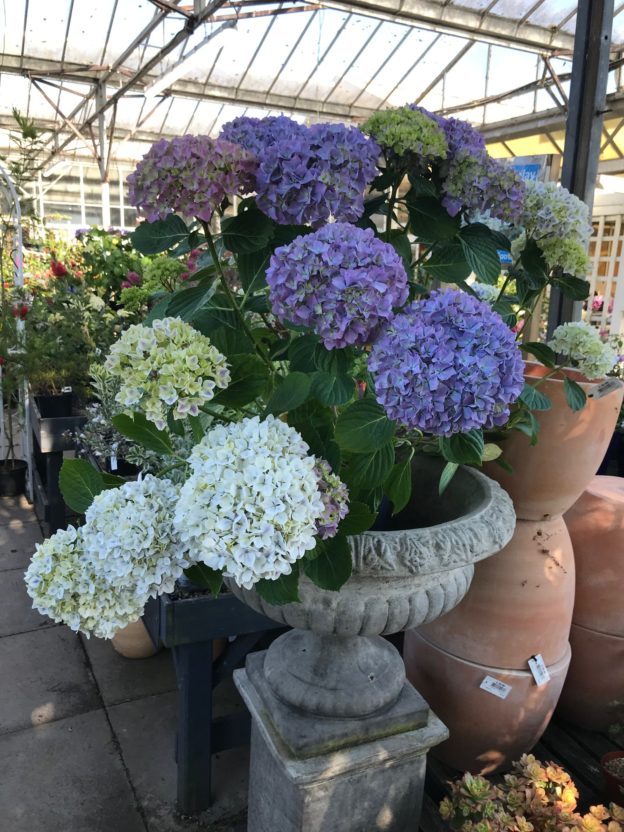

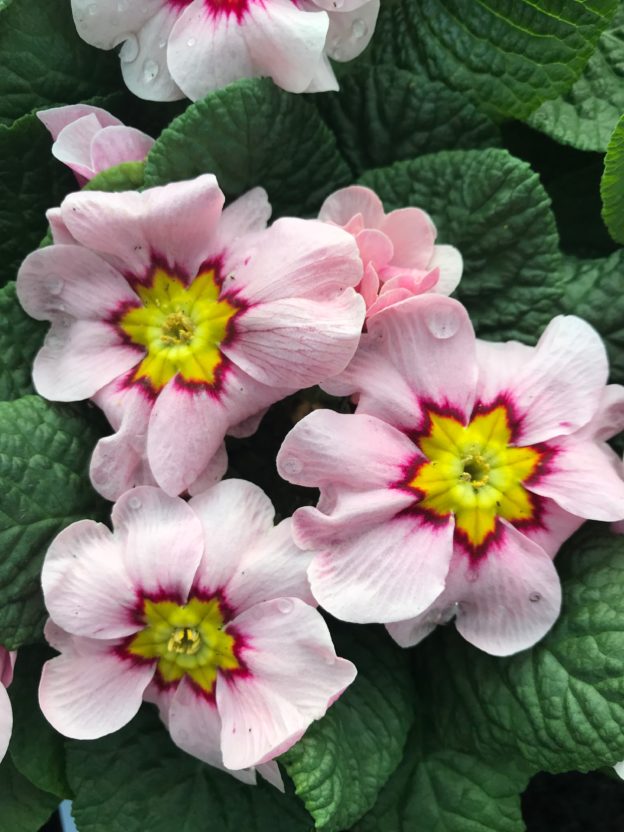
During February Half Term we held our third Primrose Festival. Despite the rather grim weather, the week celebrated the glorious colour from the primula family of plants. We had over 12 different varieties of primrose and polyanthus on display and asked visitors to vote for their favourite variety.
Every variety received at least one vote but this year gave the clearest win we’ve had! APPLE BLOSSOM is our primrose of the year 2020.
In second place we had no less than FIVE varieties sharing the podium spot
Red Stella, Champagne Stella, Romance and Harlequin Purple.
In third place was Wanda.
Congratulations to Ms Leverton and Mr Cann who were our prize draw winners. They each receive a planted container worth £20.
We look forward to many more varieties on show next year. Thank you to everyone who voted.
As a family firm here in the UK we are delighted to be taking part in National Family Business Day 2019.
Family firms across the UK come in all sizes and sectors and many have been around for hundreds of years, successfully passing from generation to generation. This longevity is the result of good governance, strong values, innovative families and a focus on the long term and as such family firms have become the bedrock of communities all over the country. We ourselves, are a fourth generation family firm spanning 94 years. Other family firms may be younger in age but share similar values and are part of the very fabric of the communities in which they operate.
Cumulatively, the statistics stand for themselves and family firms are the engine room of the UK economy. Studies have shown that there are more than 5 million family firms in Britain (Source: IFB Research Foundation), that they account for more than 25% of UK GDP, employ more than 12 million people and contribute significantly to regional economies too. It is also recognised that the greatest part of Britain’s wealth is held within family businesses and that the family business sector is a force to be reckoned with.
Recent 2019 research undertaken by Family Business United (‘FBU’) shows that the largest ten family firms in the UK generated £51 billion of turnover between them. WOW!
The contribution made by the family business sector deserves to be recognised. National Family Business Day is a national campaign that seeks to put family businesses on the map. Organised annually by FBU it really does help to put family firms on the map. As Paul Andrews, founder of FBU adds, “This is a day of real celebration of the firms that are at the heart of the UK economy, on high streets and at the heart of towns and villages across the UK. Family firms have a story, a real narrative, and it is their very essence and the family connection that makes them special. Add the fact that they are significant economic generators and are recognised as the engine room of the UK economy and you can see why they deserve to be celebrated too.”
National Family Business Day helps to raise the profile of the positive contribution that family firms make on a daily basis across the UK.
This year, St Bridget Nurseries was proud to receive the award for the UK’s Homes & Gardens Family Business of the Year. We were also runner up for the Best Family Business in the South West Region. This is a huge achievement for our small family run company and we are honoured to support Family Business Day.
As Paul concludes, “FBU is all about the family business sector and it is a real privilege to champion family firms each and every day, not just on #GBFamilyBizDay. Family firms are special, they are the backbone of the UK economy and will be for generations to come and we look forward to celebrating their contribution on September 23 and for many years to come too!”

The majority of spring bulbs benefit from being planted early from September onwards. Even though tulips should not be planted until November it is best to buy them now so you guarantee getting the varieties you like. Planting tulips later in the autumn helps reduce the risk of the fungal disease commonly called tulip fire.
Well they aren’t light bulbs but they are a similar shape! Flower bulbs are a modified plant stem, which have the purpose of storing food and water for the plant through the cold or dry season. Think of it as an underground holding tank if you will. During the growing season the bulbs will send down roots and send up shoots. These then die back and the energy stored in the bulb until the following year. Bulbs are a great investment as they cost far less than plants and if cared for correctly, should give you years of pleasure and surprises as they pop up!
Planting spring bulbs is an easy way of achieving a colour coordinated spring display. They are also perfect for planting in tubs and containers or in borders.
On the back of each of our bulb packets you will find a handy diagram showing you how far apart and how deep to plant your bulbs. Most bulbs are easy to identify which way they go up. If you use the light bulb image in your head – the bulb goes down and the tip/screw end goes upwards – just like in a ceiling light! Generally you plant bulbs three times their own diameter in depth. It is advisable to use a bulb fibre compost when planting your bulbs.
We have lots of varieties in stock, from old favourites to new and exciting hybrids. So come and see what takes your fancy and get planting this weekend!
If you want to know how to make your own bulb lasagne, take a look at our blog post from November Here
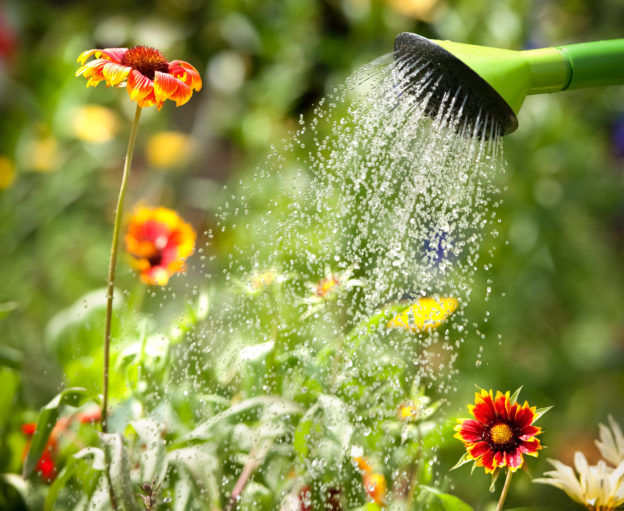
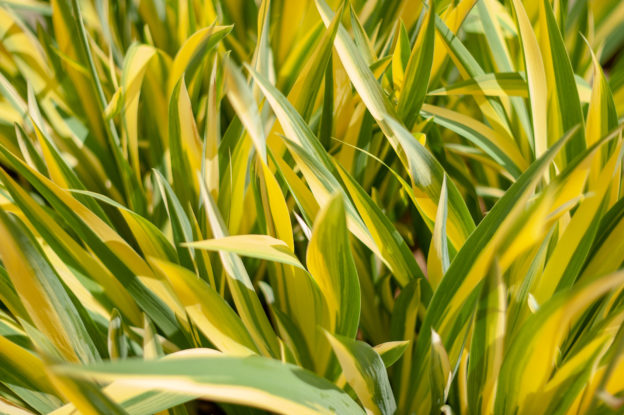
From dainty Blue Fescue Grass to majestic Miscanthus, ornamental grasses provide texture, character and form; unmatched by many other hardy perennials.
In large borders grasses can be planted in bold groups or striking drifts, but many varieties perform well in large patio pots, positioned where their individual shape and arching form can be fully appreciated. Popular grasses for pots include compact Blue Fescue Grass (Festuca glauca Blaufuchs) and Slender Sweet Flag ‘Ogon’ (Acorus gramineus Ogon), or taller varieties of Miscanthus such as Miscanthus sinensis Strictus).
From green to gold, purple to a host of patterned and variegated forms, ornamental grasses come in a wide range of colours, sizes and growing habits. As well as selecting grasses to suit your colour scheme always consider their other qualities. We like positioning grasses close to paths and seating areas so you can run your hands over their feathery foliage and flowers as you pass.
Taller grasses will add movement to otherwise static displays, catching a summer breeze to add interest and catch the eye. Growing to around two metres in height, the bold form of Golden Oats (Stipa gigantea) is a real showstopper! Or if space allows, try planting a statuesque clump of Pampas Grass, and enjoy their feathery plumes right into winter.
Ornamental grasses offer great value, and produce long-lasting displays in any garden. Large individuals have a real presence, taking pride of place in beds and borders, while colourful planting combinations can be created with flowering perennials like Rudbeckia and Ice Plants (sedums).
Ornamental grasses fit into many different planting designs, but few better than the prairie planting style made popular by garden designer and plantsman Piet Oudolf. Here are just a few suggestions of great planting companions for ornamental grasses.
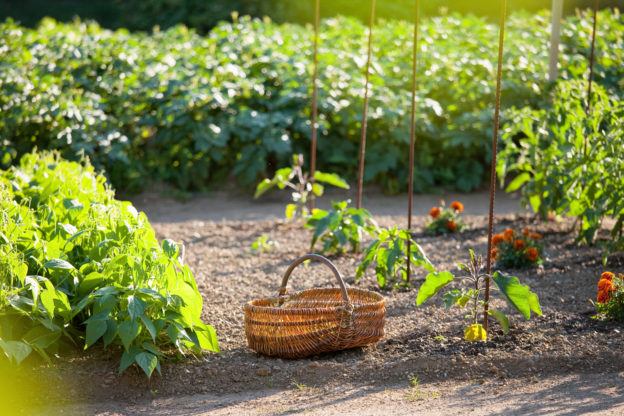

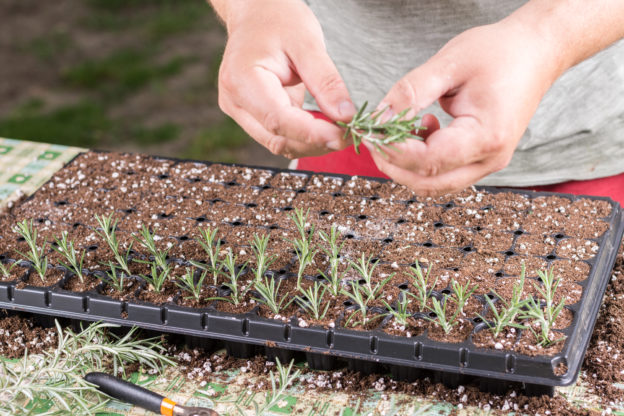
Well now’s the perfect time to take semi-ripe cuttings from a wide range of shrubs such as Hebes, Rosemary, Lavender, Weigela, Ceanothus and Hydrangeas.
You will need to remove 4-5 inch long cuttings from this year’s growth and pop them in a plastic bag to prevent them drying out.
Next prepare the cuttings by trimming them just below a leaf. Carefully remove the leaves from the lower half of the cutting and dip the end in hormone rooting powder or liquid. You can insert the cuttings up to the lower leaf in pots of a gritty, cuttings compost (St Bridget’s No 1 compost is ideal).
Cover the pots with a polythene bag or put them in a propagator before placing them somewhere warm and sheltered (but out of strong, direct sunlight).
The cuttings should be ready to pot-on in a few weeks time. Some plants that are difficult to root – such as Rosemary and Lavender – these are best propagated from heel cuttings. Carefully tear off a side-shoot about 4-5 inches long from the main stem ensuring there’s a small sliver of bark – or heel. You can then treat the cuttings in the same way as the semi-ripe ones.
You will find everything you need for the task in our Exeter garden centre so why not visit us today?
Nearly all our plants are propagated and grown by us – in Exeter, Devon. We guarantee all our plants to be healthy and true to name and type.

Many plants that have produced their first flush of summer flowers, especially bedding plants and roses, will produce even more flowers if you regularly remove the faded flowers and seed heads/pods.
Many herbaceous perennials will also produce a second flush of flowers if the flowering stems are cut right back to ground level. Those with faded or damaged leaves can also be tidied up by removing this foliage.
After cutting back, we like to feed them with a high potash liquid fertiliser this helps encourage strong growth and further flushes of flowers.
All bedding plants and anything planted from last autumn onwards, will benefit from a good soaking once a week during hot and dry weather.
Finally, we recommend adding a thick mulch of bark, cocoa shell or gravel to moist soil as it will help to conserve soil moisture and keep weeds away.
In addition to this, laying down mulch provides a great way of insulating plant roots so they don’t become scorched in the sun.
Happy gardening everyone!